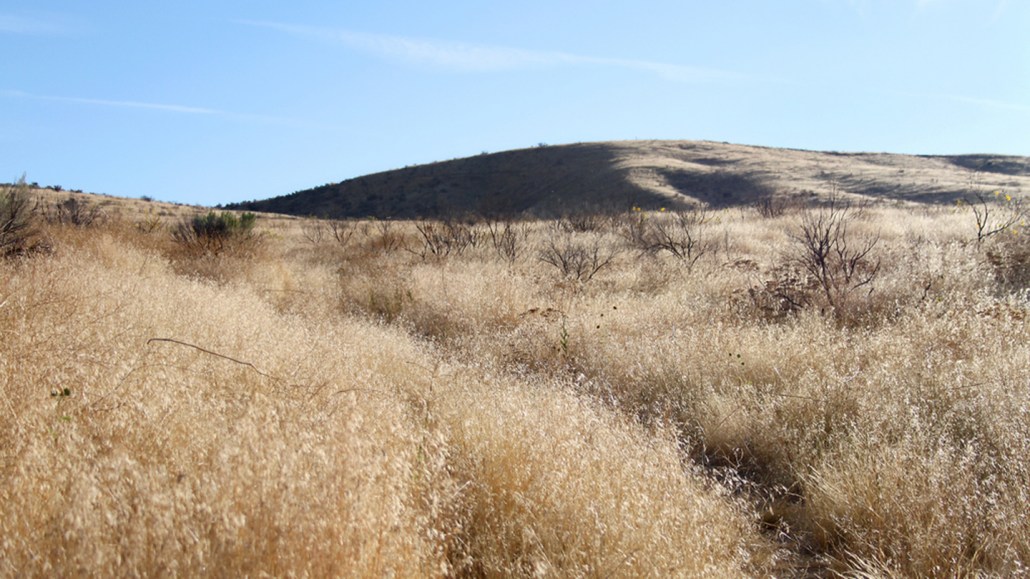Invasive grasses are taking over the American West’s sea of sagebrush
Highly flammable cheatgrass and similar nonnative plants dominate one-fifth of the Great Basin

Cheatgrass (pictured) is invading sagebrush rangelands in the West, choking out native plants and causing more frequent wildfires.
Jaepil Cho, U.S. Fish and Wildlife Service Headquarters/Flickr (CC BY 2.0)